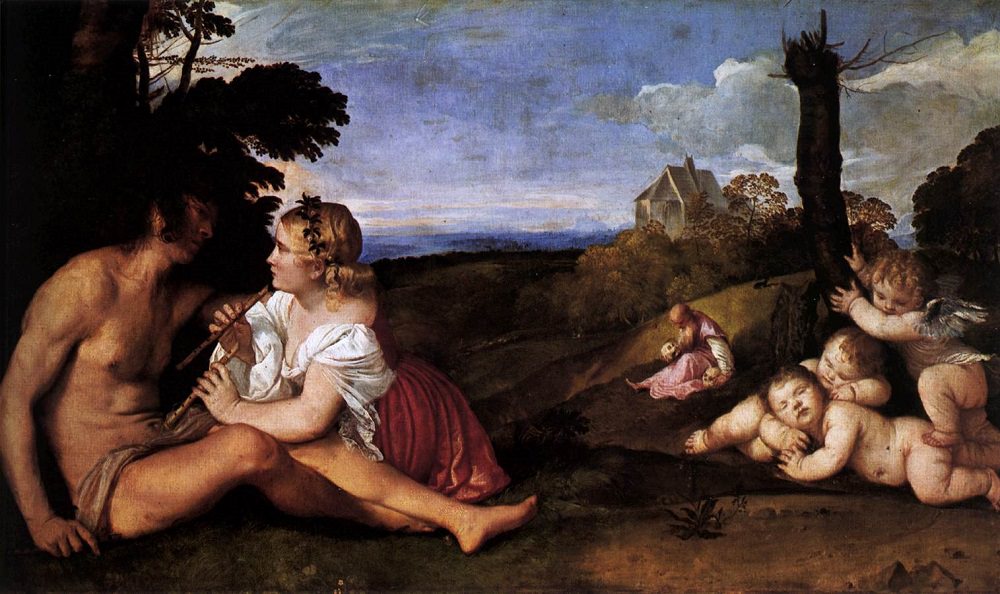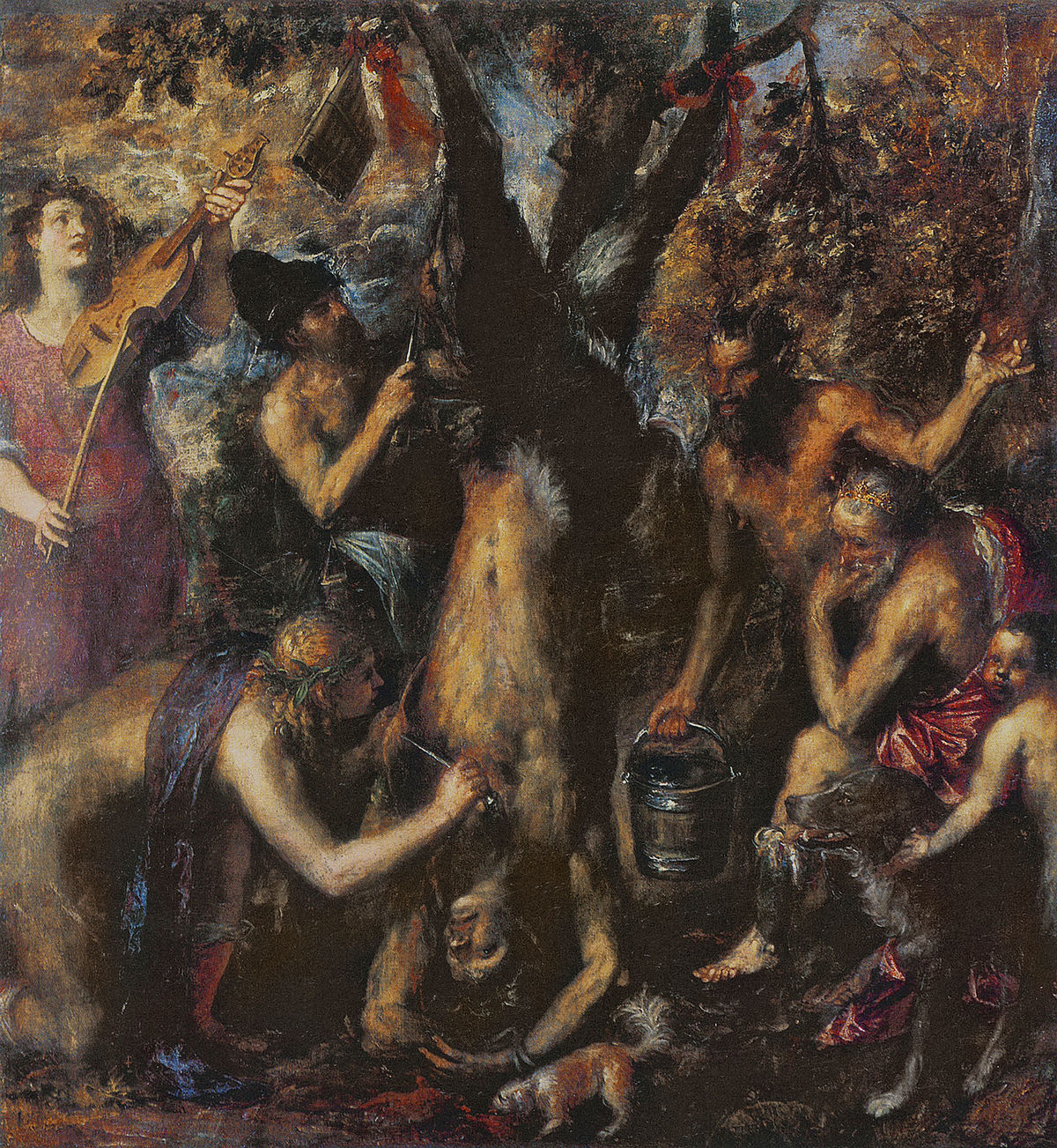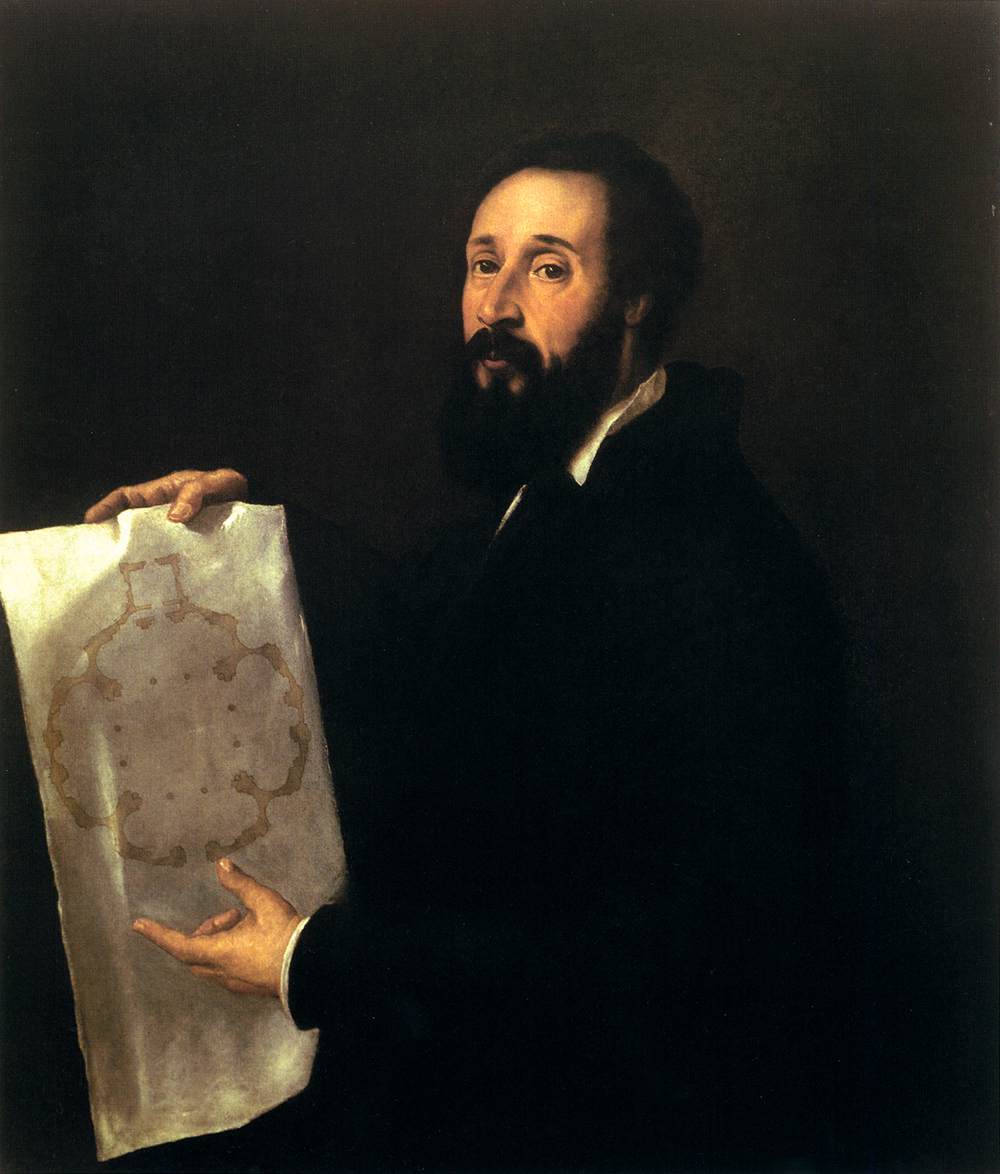
If you’ve read the other entries in this Artists of Light series, you can skip right to the section on Titian.
It goes without saying that light and photography are linked. As photographers we are obsessed with light and for good reason. The effects of good lighting are remarkable. And being able to handle light as a medium can open up entirely new ways of seeing the world. As technology continues to improve it opens a clearer vision of the world around us than the early days of photography.
If you are old enough to remember, think back to the early days of underwater photography. The grainy pictures felt like they were covered in a blue gauze that was unlike the experience of being underwater. As technology improved we began to see the undersea world in all of its splendor. The richness of colors and range of values continues to improve giving us an even deeper appreciation for the ocean. All of this can be linked back to light.
Long before the invention of the camera, artists needed to tackle light in a different way. They had to make it, literally by hand. Starting with a canvas and paint, artists innovated ways to transform piles of ground pigment and oil into scenes that first shaped the illusion of light.

When you become a student of art history, you begin to see how many innovations led up to photography today. Without that understanding, it is hard for your photography to progress. But there is no need to beat yourself up for not taking those art classes you could have in college. A photographer only needs a working knowledge of art to gain valuable resources for their own pictures.
This “Artists of Light” series looks at four artists who represent a lineage of artists obsessed with light. Their contributions are influential to the way that artists, art historians, and curators judge light. Whether you are aware of them or not, they are the benchmark for what is considered good light.
While many people find Art with a capital “A” intimidating, it is helpful to keep in mind that you do not need to be a scholar to extract lessons from Art. The paintings and sketchbooks of artists for the last 1,000 years were left to us precisely so we could study them. Artists are not academics. And while some artists study history more than others, any decent artist would prefer to make art than read about it. As a result, they tend to study other artists just long enough to get what they need and get out. They are not writing PhD theses on art movements. Why? Because if you prefer to make things, writing about making things is devastatingly boring.
With this in mind, you might consider keeping a small notebook with art observations. Each time you see a piece of art that teaches you something, write it down. It may surprise you that if you can learn just one thing from each painting you are attracted to, you will very quickly build up a reservoir of knowledge that is easy to recall at a moment’s notice. And when you are out shooting, that is exactly the type of knowledge you want to have handy.
It may surprise you that if you can learn just one thing from each painting you are attracted to, you will very quickly build up a reservoir of knowledge that is easy to recall at a moment’s notice.

The artist known as Titian (pronounced Tish-an in English or Tiziano in Italian) was an early pioneer of capturing light on a canvas. Based in Venice, Italy for the better part of his life he influenced generations of painters in Europe and abroad. His works were sought after by royalty in every shape and size. At the height of his career, the studio was jammed with commissions and a waiting list a few years long.

Over time many of his paintings darkened with age, but if you had to grab one quick lessons from Titan it would be his early use of light and shadow.
If you had to grab one quick lessons from Titan it would be his early use of light and shadow.

One of the things you will notice in almost all of Titian’s paintings is that the subjects are lit from the side. This side light allowed for half of the figure to be in shadow, giving the lit side a beautiful luminous quality. Without the presence of a shadow, good lighting is impossible. Unlike his earlier predecessors in the Gothic era, Titian always includes light and shadow.

The graphic quality of the Gothic work is known for its even light, which creates a flatness to the form. The next time you look at a painting ask yourself “Where is the light coming from?” Is it above or below? From the side? Or maybe it is evenly lit like it was an overcast day. However a picture is lit, the first steps of lighting that we could feel in a painting can be traced to Titian.
The next time you look at a painting ask yourself “Where is the light coming from?” […] However a picture is lit, the first steps of lighting that we could feel in a painting can be traced to Titian.